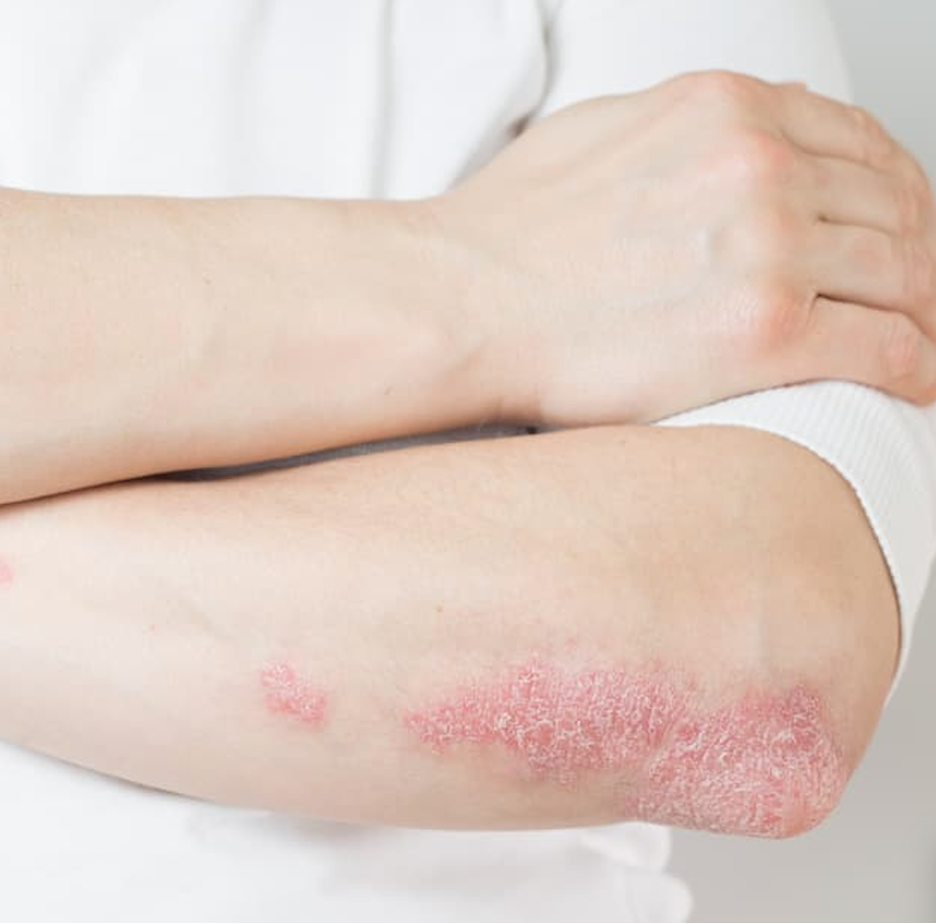Article
Gout Therapeutics Market Expected to Grow 12 Percent by 2017
80-90% of gout patients under-excrete uric acid while the major therapeutic options treat over-production of uric acid.
GlobalData has estimated the global gout therapeutics market to be valued at $854m in 2010. It is forecast to grow at a CAGR (Compound Annual Growth Rate) of 12% for the next seven years to reach $1.8 billion by 2017. The market grew at a CAGR of 7% during the historic period (2005-2010).
The major breakthrough in the otherwise dormant gout market was the approval of Uloric (febuxostat) after 40 years by the EMEA (European Medicines Agency) in 2008 and by the FDA (Foods and Drug Administration) in 2009. Krystexxa also got approval in September 2010, for the treatment of refractory gout. The increasing patient population and expected launch of few biologics and newer therapies during the forecast period will drive the market growth
in 2009 is used as a second line option in patients who are intolerant to allopurinol.
, which was recently approved by the FDA for the treatment of refractory chronic gout, will serve only a specific patient pool that experiences treatment failure with the standard treatment options, such as allopurinol and febuxostat.
It is also a well established fact that almost 80-90% of gout patients have hyperuricemia because of the problem of the under-excretion of uric acid from the body while only 10-15% patients have hyperuricemia due to the over-production of uric acid. However, currently the major treatment options available in the chronic gout segment targets the reduction of the over-production of uric acid. There is a huge set of patients waiting for newer therapies to treat the problem of the under-excretion of uric acid, as well the development of safe and efficacious drugs for the treatment of gout flares.
Source: GlobalData
According to NICE (National Institute for Health and Clinical Excellence) guidelines, even though Uloric is more effective than allopurinol it has not been shown to be more cost effective than the titrating doses of allopurinol. Another treatment option, Krystexxa (pegloticase)
, which was approved by the EMEA (European Medicines Agency) in 2008 and by the FDA (Foods and Drug Administration)
is the market leader in terms of prescribed drugs for the treatment of chronic gout. Uloric (febuxostat)
GlobalData analyzed the current competition in the gout market and found it to be quite weak. Currently, Zyloprim (allopurinol)




